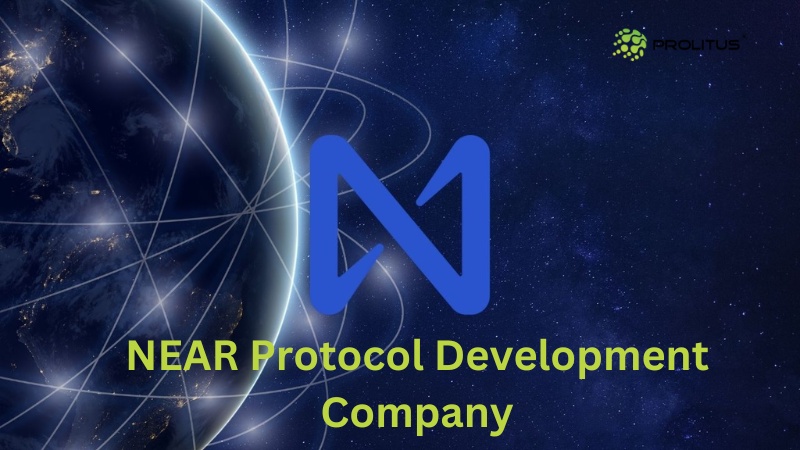Introduction
In the ever-expanding universe of blockchain technology, NEAR Protocol has rapidly gained attention as a groundbreaking platform. It stands out with its unique approach to solving common blockchain issues, particularly scalability and user accessibility. This article explores the intricate world of NEAR Protocol development, its features, and its potential impact on the future of blockchain technology.
Understanding NEAR Protocol
Technical Overview: At its core, NEAR Protocol is a decentralized application platform that is built for speed and efficiency. It employs a novel sharding mechanism called Nightshade, which significantly enhances transaction throughput. This allows NEAR to process transactions and store data more effectively than many traditional blockchains.
Key Differentiators: What sets NEAR apart is its focus on scalability without sacrificing security or decentralization. It is also designed to be more user-friendly and developer-centric, offering features that simplify interaction and development, such as human-readable account names and a straightforward onboarding process.
Development on NEAR Protocol
Environment and Tools: NEAR provides a comprehensive suite of development tools, including the NEAR Software Development Kit (SDK), support for Rust and AssemblyScript, and the NEAR Command Line Interface (CLI). These tools are designed to streamline the development process, making it accessible even for those new to blockchain development.
Building DApps on NEAR: Developing decentralized applications (DApps) on NEAR is characterized by efficiency and ease. Developers can leverage the platform's advanced infrastructure to create applications that are not only scalable but also maintain a high degree of performance.
Advantages of NEAR Protocol Development
Scalability and Performance: NEAR’s sharding technology offers unparalleled scalability, effectively addressing the common bottleneck of transaction throughput in blockchain networks.
User and Developer Experience: NEAR Protocol is intuitively designed, ensuring a smooth experience for both developers creating DApps and users interacting with them. This ease of use is crucial for broader adoption of blockchain technology.
Security and Sustainability: Alongside robust security features, NEAR is committed to sustainability, adopting environmentally-friendly practices in its blockchain operations.
Use Cases and Applications
NEAR Protocol's flexibility makes it suitable for a wide range of applications. In finance, it can power decentralized finance (DeFi) platforms. In gaming, it offers a scalable solution for in-game assets and currencies. Additionally, its secure and transparent nature makes it ideal for supply chain management solutions.
Challenges in NEAR Protocol Development
While NEAR offers a robust platform, developers may face challenges in adapting to its unique environment and tools. Additionally, despite its merits, NEAR still faces the challenge of achieving widespread adoption in the competitive blockchain market.
The Future of NEAR Protocol
Emerging Trends: The NEAR ecosystem is continuously evolving, with potential integrations and collaborations that could expand its capabilities and reach. This includes tapping into emerging technologies like AI and IoT.
Long-term Impact: NEAR Protocol has the potential to significantly influence the blockchain landscape. Its focus on scalability, security, and user-friendliness positions it as a key player in driving the mainstream adoption of blockchain technology.
Conclusion
NEAR Protocol development represents a significant stride in the blockchain world. It combines scalability, user-friendliness, and robust security, setting a new standard for what blockchain platforms can achieve. As it continues to evolve and gain adoption, NEAR Protocol is well-positioned to play a crucial role in shaping the future of decentralized applications and the broader blockchain ecosystem.


No comments yet